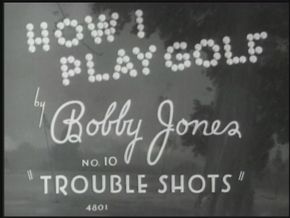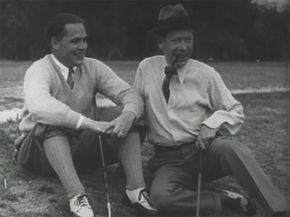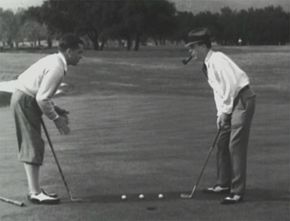The equipment and terminology of golf have changed a great deal since 1930, the year when amateur phenom Bobby Jones won all four major tournaments in one year. Today's golfers might not even recognize the names of some of the clubs Jones used, like "Niblick" and "Spoon." Jones' clubs were made of Hickory wood. The most popular clubs on the market today are made from materials like titanium, graphite and steel. The size and shape of golf clubs have changed dramatically, as well. In the last decade alone, the average size of a driver head has doubled from approximately 200 cc's to more than 400 cc's.
The newly re-mastered DVD box-set editions of the 1930s instructional films "Bobby Jones: How I Play Golf" and "Bobby Jones: How to Break 90" provide a fascinating window into the game's past, illustrating what has changed and what has remained the same. While the equipment, style of dress and manner of speaking on display in the films are all different from those of today, the techniques Jones teaches are as helpful to today's golfer as they were to those who played the game in Jones' time.
Advertisement
This HowStuffWorks article explores the Bobby Jones short instructional films, how they came together and the ways they are still useful to golfers today.





